Biology: The Unity and Diversity of Life 15th Edition

By Cecie Starr, Ralph Taggart, Christine Evers and Lisa Starr
Contents in Brief
Detailed Contents
Preface
Student and Instructor Resources
Acknowledgments
Class Testers and Reviewers
Chapter 1: Invitation to Biology
1.1 Application: Secret Life of Earth
1.2 Life Is More Than the Sum of Its Parts
1.3 How Living Things Are Alike
1.4 How Living Things Differ
1.5 Organizing Information about Species
1.6 The Science of Nature
1.7 Analyzing Experimental Results
1.8 The Nature of Science
Chapter 2: Life’s Chemical Basis
2.1 Mercury Rising
2.2 Building Blocks of Matter
2.3 Why Electrons Matter
2.4 Chemical Bonds
2.5 Hydrogen Bonding and Water
2.6 Acids and Bases
Chapter 3: Molecules of Life
3.1 Fear of Frying
3.2 The Chemistry of Biology
3.3 Carbohydrates
3.4 Lipids
3.5 Proteins
3.6 Nucleic Acids
Chapter 4: Cell Structure
4.1 Food for Thought
4.2 What Is a Cell?
4.3 Introducing the Prokaryotes
4.4 Introducing the Eukaryotic Cell
4.5 The Endomembrane System
4.6 Mitochondria
4.7 Chloroplasts and Other Plastids
4.8 The Cytoskeleton
4.9 Cell Surface Specializations
4.10 The Nature of Life
Chapter 5: Ground Rules of Metabolism
5.1 A Toast to Alcohol Dehydrogenase
5.2 Energy in the World of Life
5.3 Energy in the Molecules of Life
5.4 How Enzymes Work
5.5 Metabolic Pathways
5.6 Cofactors
5.7 A Closer Look at Cell Membranes
5.8 Diffusion across Membranes
5.9 Membrane Transport Mechanisms
5.10 Membrane Trafficking
Chapter 6: Where It Starts-Photosynthesis
6.1 Biofuels
6.2 Overview of Photosynthesis
6.3 Sunlight as an Energy Source
6.4 The Light-Dependent Reactions
6.5 The Light-Independent Reactions
Chapter 7: Releasing Chemical Energy
7.1 Risky Business
7.2 Introduction to Carbohydrate Breakdown Pathways
7.3 Aerobic Respiration Continues
7.4 Aerobic Respiration Ends
7.5 Fermentation
7.6 Alternative Energy Sources in Food
Chapter 8: DNA Structure and Function
8.1 A Hero Dog’s Golden Clones
8.2 Discovery of DNA’s Function
8.3 Discovery of DNA’s Structure
8.4 Eukaryotic Chromosomes
8.5 DNA Replication
8.6 Mutations: Cause and Effect
8.7 Cloning Adult Animals
Chapter 9: From DNA to Protein
9.1 Ricin, RIP
9.2 DNA, RNA, and Gene Expression
9.3 Transcription: DNA to RNA
9.4 RNA and the Genetic Code
9.5 Translation: RNA to Protein
9.6 Consequences of Mutations
Chapter 10: Control of Gene Expression
10.1 Between You and Eternity
10.2 Regulating Gene Expression
10.3 Regulating Gene Expression in Development
10.4 Regulating Gene Expression to Adjust Metabolism
10.5 Epigenetics
Chapter 11: How Cells Reproduce
11.1 Henrietta’s Immortal Cells
11.2 Multiplication by Division
11.3 A Closer Look at Mitosis
11.4 Cytoplasmic Division
11.5 Marking Time with Telomeres
11.6 When Mitosis Is Dangerous
Chapter 12: Meiosis and Sexual Reproduction
12.1 Why Sex?
12.2 Meiosis in Sexual Reproduction
12.3 Visual Tour of Meiosis
12.4 Meiosis Fosters Genetic Diversity
12.5 An Ancestral Connection
Chapter 13: Observing Patterns in Inherited Traits
13.1 Menacing Mucus
13.2 Mendel, Pea Plants, and Inheritance Patterns
13.3 Mendel’s Law of Segregation
13.4 Mendel’s Law of Independent Assortment
13.5 Non-Mendelian Inheritance
13.6 Nature and Nurture
13.7 Complex Variation in Traits
Chapter 14: Chromosomes and Human Inheritance
14.1 Shades of Skin
14.2 Human Chromosomes
14.3 Autosomal Inheritance
14.4 X-Linked Inheritance
14.5 Changes in Chromosome Structure
14.6 Changes in Chromosome Number
14.7 Genetic Screening
Chapter 15: Studying and Manipulating Genomes
15.1 Personal Genetic Testing
15.2 DNA Cloning
15.3 Isolating Genes
15.4 DNA Sequencing
15.5 Genomics
15.6 Genetic Engineering
15.7 Designer Plants
15.8 Biotech Barnyards
15.9 Editing Genomes
Chapter 16: Evidence of Evolution
16.1 Reflections of a Distant Past
16.2 Old Beliefs and New Discoveries
16.3 Evolution by Natural Selection
16.4 Fossils: Evidence of Ancient Life
16.5 Changes in the History of Earth
Chapter 17: Processes of Evolution
17.1 Superbug Farms
17.2 Alleles in Populations
17.3 Genetic Equilibrium
17.4 Patterns of Natural Selection
17.5 Natural Selection and Diversity
17.6 Nonselective Evolution
17.7 Reproductive Isolation
17.8 Models of Speciation
17.9 Macroevolution
Chapter 18: Organizing Information about Species
18.1 Bye Bye Birdie
18.2 Phylogeny
18.3 Comparing Form and Function
18.4 Comparing Molecules
18.5 Comparing Development
18.6 Phylogeny Research
Chapter 19: Life’s Origin and Early Evolution
19.1 Looking for Life
19.2 The Early Earth
19.3 Organic Monomers Form
19.4 From Polymers to Protocells
19.5 The Age of Prokaryotes
19.6 A Rise in Oxygen
19.7 Origin and Evolution of Eukaryotes
Chapter 20: Viruses, Bacteria, and Archaea
20.1 The Human Microbiota
20.2 Virus Structure and Function
20.3 Viral Replication
20.4 Viruses and Human Health
20.5 Prokaryotic Structure and Function
20.6 Metabolic Diversity in Prokaryotes
20.7 Major Bacterial Lineages
20.8 Bacteria as Pathogens
20.9 Archaea
Chapter 21: Protists-The Simplest Eukaryotes
21.1 Malaria: A Protistan Disease
21.2 A Diverse Collection of Lineages
21.4 Stramenopiles
21.5 Alveolates
21.7 Archaeplastids
21.8 Amoebozoans and Opisthokonts
Chapter 22: The Land Plants
22.1 Saving Seeds
22.2 Plant Ancestry and Diversity
22.3 Evolutionary Trends among Plants
22.5 Seedless Vascular Plants
22.6 History of the Vascular Plants
22.7 Gymnosperms
22.8 Angiosperm Traits
22.9 Angiosperm Diversity
Chapter 23: Fungi
23.1 High-Flying Fungi
23.2 Fungal Traits and Diversity
23.3 Flagellated Fungi
23.4 Zygote Fungi and Relatives
23.5 Sac Fungi
23.6 Club Fungi
23.7 Biological Roles of Fungi
Chapter 24: Animal Evolution-The Invertebrates
24.1 Medicines from the Sea
24.2 Animal Traits and Body Plans
24.3 Animal Origins and Diversification
24.4 Sponges
24.5 Cnidarians
24.6 Flatworms
24.7 Annelids
24.8 Mollusks
24.9 Roundworms
24.10 Arthropods
24.11 The Spiny-Skinned Echinoderms
Chapter 25: Animal Evolution-The Vertebrates
25.1 Very Early Birds
25.2 Chordate Traits and Evolutionary Trends
25.3 Fishes
25.4 Amphibians
25.5 Amniote Evolution
25.6 Reptiles
25.7 Birds
25.8 Mammals
Chapter 26: Human Evolution
26.1 A Bit of a Neanderthal
26.2 Primates: Our Order
26.3 Hominoids
26.4 Early Hominins
26.5 Early Humans
26.6 Recent Human Lineages
Chapter 27: Plant Tissues
27.1 Sequestering Carbon in Forests
27.2 The Plant Body
27.3 Plant Tissues
27.4 Stems
27.5 Leaves
27.6 Roots
27.7 Patterns of Growth
Chapter 28: Plant Nutrition and Transport
28.1 Leafy Cleanup
28.2 Plant Nutrients
28.3 Root Adaptations for Nutrient Uptake
28.4 Movement of Water in Plants
28.5 Movement of Organic Compounds in Plants
Chapter 29: Life Cycles of Flowering Plants
29.1 Plight of the Honeybee
29.2 Floral Structure and Function
29.3 A New Generation Begins
29.4 Flower Sex
29.5 Seed Formation
29.6 Fruits
29.7 Early Development
29.8 Asexual Reproduction of Flowering Plants
Chapter 30: Communication Strategies in Plants
30.1 Prescription: Chocolate
30.2 Chemical Signaling in Plants
30.3 Auxin and Cytokinin
30.4 Gibberellin
30.5 Abscisic Acid and Ethylene
30.6 Movement
30.7 Responses to Recurring Environmental Change
30.8 Responses to Stress
Chapter 31: Animal Tissue and Organ Systems
31.1 Making Replacement Cells
31.2 Animal Body Plans
31.3 Epithelial Tissue
31.4 Connective Tissues
31.5 Muscle Tissue
31.6 Nervous Tissue
31.7 Organ Systems
31.8 Human Skin
31.9 Maintaining Homeostasis through Negative Feedback
Chapter 32: Neural Control
32.1 Impacts of Concussions
32.2 Animal Nervous Systems
32.3 Cells of the Nervous System
32.4 Electrical Signaling in Neurons
32.5 Chemical Signaling by Neurons
32.6 Neurotransmitter Function
32.7 The Peripheral Nervous System
32.8 Cells and Tissues of the Central Nervous System
32.9 The Spinal Cord
32.10 The Vertebrate Brain
32.11 The Human Cerebral Cortex
32.12 Emotion and Memory
32.13 Studying Brain Function
Chapter 33: Sensory Perception
33.1 Neuroprostheses
33.2 Overview of Sensory Pathways
33.3 General Senses
33.4 Chemical Senses
33.5 Hearing
33.6 Balance and Equilibrium
33.7 Vision
33.8 Human Vision
Chapter 34: Endocrine Control
34.1 Endocrine Disruptors
34.2 The Vertebrate Endocrine System
34.3 The Nature of Hormone Action
34.4 The Hypothalamus and Pituitary Gland
34.5 The Pineal Gland
34.6 Thyroid and Parathyroid Glands
34.7 Pancreatic Hormones
34.8 The Adrenal Glands
34.9 The Gonads
34.10 Invertebrate Hormones
Chapter 35: Structural Support and Movement
35.1 Bulking Up
35.2 Animal Movement
35.3 Types of Skeletons
35.4 Bone Structure and Function
35.5 Joint Structure and Function
35.6 Skeletal Muscle Function
35.7 How Muscle Contracts
35.8 Nervous Control of Muscle Contraction
35.9 Muscle Metabolism
Chapter 36: Circulation
36.1 A Shocking Save
36.2 Circulatory Systems
36.3 Human Cardiovascular System
36.4 The Human Heart
36.5 Vertebrate Blood
36.6 Arteries and Arterioles
36.7 Blood Pressure
36.8 Exchanges at Capillaries
36.9 Back to the Heart
36.10 Blood and Cardiovascular Disorders
36.11 Interactions with the Lymphatic System
Chapter 37: Immunity
37.1 Community Immunity
37.2 Integrated Responses to Threats
37.3 Surface Barriers
37.4 Mechanisms of Innate Immunity
37.5 Antigen Receptors
37.6 Overview of Adaptive Immunity
37.7 Adaptive Immunity I: An Antibody-Mediated Response
37.8 Adaptive Immunity II: The Cell-Mediated Response
37.9 When Immunity Goes Wrong
Chapter 38: Respiration
38.1 Carbon Monoxide-A Stealthy Poison
38.2 The Nature of Respiration
38.3 Invertebrate Respiration
38.4 Vertebrate Respiration
38.5 Human Respiratory System
38.6 How We Breathe
38.7 Gas Exchange and Transport
38.8 Respiratory Adaptations
38.9 Respiratory Diseases and Disorders
Chapter 39: Digestion and Nutrition
39.1 Breaking It Down
39.2 Animal Digestive Systems
39.3 Human Digestive Tract
39.4 Chewing and Swallowing
39.5 The Stomach
39.6 The Small Intestine
39.7 The Large Intestine
39.8 Nutritional Requirements
39.9 Maintaining a Healthy Weight
Chapter 40: Maintaining the Internal Environment
40.1 Urine Tests
40.2 Fluid Volume and Composition
40.3 Excretory Organs
40.4 The Human Urinary System
40.5 How Urine Forms
40.6 Regulating Solute Levels
40.7 Impaired Kidney Function
40.8 Excretory Adaptations
40.9 Heat Gains and Losses
40.10 Responses to Cold and Heat
Chapter 41: Animal Reproduction
41.1 Assisted Reproduction
41.2 Modes of Animal Reproduction
41.3 Organs of Sexual Reproduction
41.4 Sex Organs of Human Females
41.5 Female Reproductive Cycles
41.6 Sex Organs of Human Males
41.7 Bringing Gametes Together
41.8 Contraception and Infertility
41.9 Sexually Transmitted Diseases
Chapter 42: Animal Development
42.1 Prenatal Problems
42.2 Stages of Animal Development
42.3 From Zygote to Gastrula
42.4 Tissue and Organ Formation
42.5 Evolutionary Developmental Biology
42.6 Overview of Human Development
42.7 Early Human Development
42.8 Emergence of Distinctly Human Features
42.9 Structure and Function of the Placenta
42.10 Labor, Birth, and Lactation
Chapter 43: Animal Behavior
43.1 Can You Hear Me Now?
43.2 Factors Affecting Behavior
43.3 Instinct and Learning
43.4 Movements and Navigation
43.5 Communication Signals
43.6 Mating and Parental Behavior
43.7 Group Living
43.8 Altruism and Eusociality
Chapter 44: Population Ecology
44.1 Managing Canada Geese
44.2 Population Demographics
44.3 Modeling Population Growth
44.4 Limits on Population Growth
44.5 Life History Patterns
44.6 Predation Effects on Life History
44.7 Human Population Growth
Chapter 45: Community Ecology
45.1 Fighting Foreign Fire Ants
45.2 What Factors Shape Community Structure?
45.3 Mutualism
45.4 Competitive Interactions
45.5 Predator-Prey Interactions
45.6 Evolutionary Arms Races
45.7 Parasites and Parasitoids
45.8 How Communities Change
45.9 Biogeographic Patterns in Community Structure
Chapter 46: Ecosystems
46.1 Too Much of a Good Thing
46.2 The Nature of Ecosystems
46.3 The Nature of Food Webs
46.4 Measuring Ecosystem Properties
46.5 Biogeochemical Cycles
46.6 The Water Cycle
46.7 The Carbon Cycle
46.8 Greenhouse Gases and Climate Change
46.9 Nitrogen Cycle
46.10 The Phosphorus Cycle
Chapter 47: The Biosphere
47.1 Going with the Flow
47.2 Global Air Circulation Patterns
47.3 Oceans, Landforms, and Climate
47.4 The El Nino Southern Oscillation
47.5 Biomes
47.6 Deserts
47.7 Grasslands and Dry Shrublands
47.8 Broadleaf Forests
47.9 Coniferous Forests
47.10 Tundra
47.11 Freshwater Ecosystems
47.12 Coastal Ecosystems
47.13 Coral Reefs
47.14 The Open Ocean
Chapter 48: Human Impacts on the Biosphere
48.1 Life in the Anthropocene
48.2 The Extinction Crisis
48.3 Harmful Land Use Practices
48.4 Effects of Pollutants
48.5 Ozone Depletion and Pollution
48.6 Effects of Global Climate Change
48.7 Conservation Biology
48.8 Reducing Negative Impacts
Appendix I: Periodic Table of the Elements
Appendix II: The Amino Acids
Appendix III: A Closer Look at Some Major Metabolic Pathways
Appendix IV: A Plain English Map of the Human Chromosomes
Appendix V: Restless Earth-Life’s Changing Geologic Stage
Appendix VI: Units of Measure
Appendix VII: Answers to Self-Quizzes and Genetics Problems
Glossary of Biological Terms
Index
| File Size | 462 MB |
| File Format | |
| Download link | Free Download | Become a Premium, Lifetime Deal |
| Support & Updates | Contact Us | Broken Link |
| Join Our Telegram Channel |  |

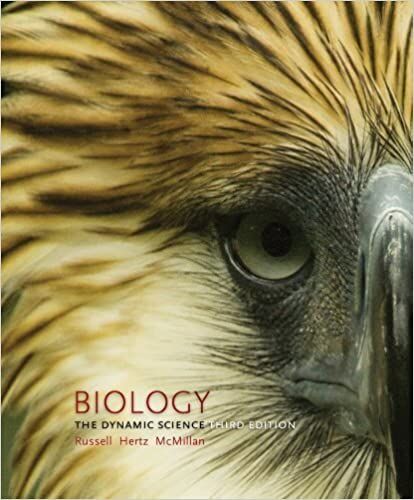
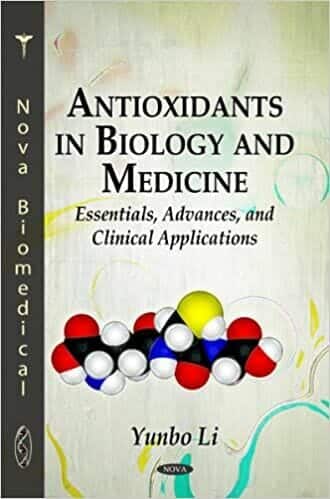
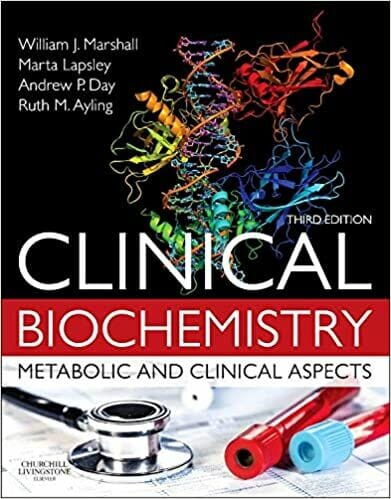
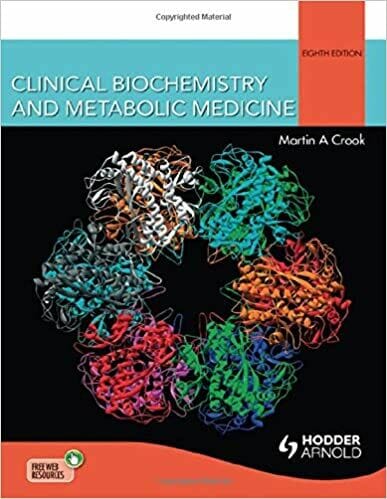
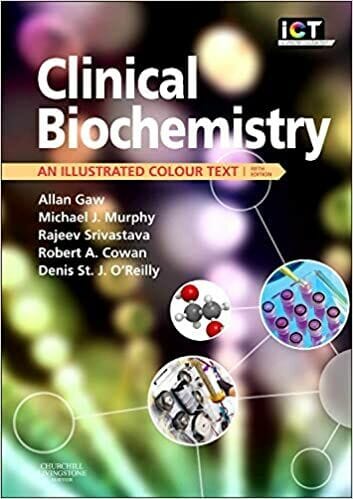
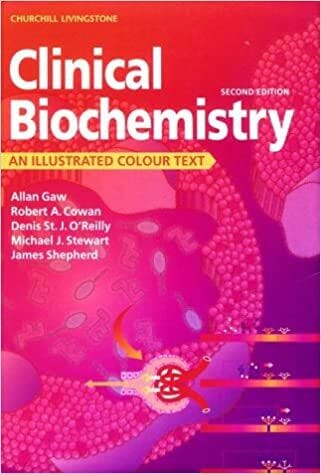
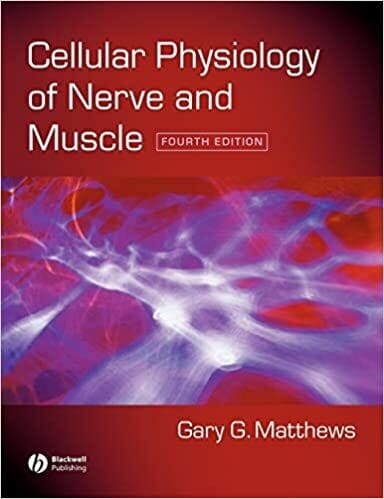
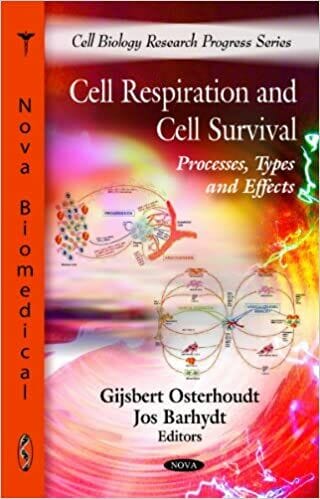
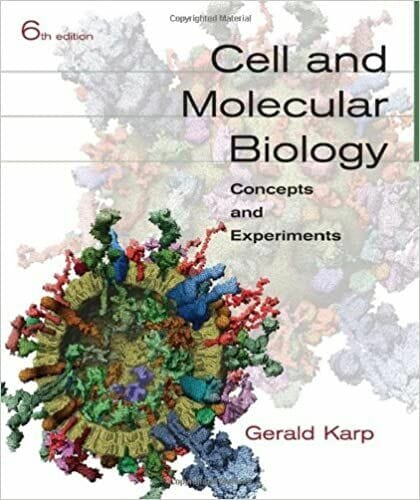








![Ettinger’s Textbook of Veterinary Internal Medicine 9th Edition [PDF+Videos] Ettinger’s Textbook of Veterinary Internal Medicine 9th Edition [True PDF+Videos]](https://www.vet-ebooks.com/wp-content/uploads/2024/10/ettingers-textbook-of-veterinary-internal-medicine-9th-edition-100x70.jpg)





